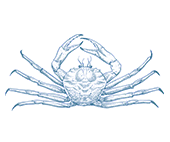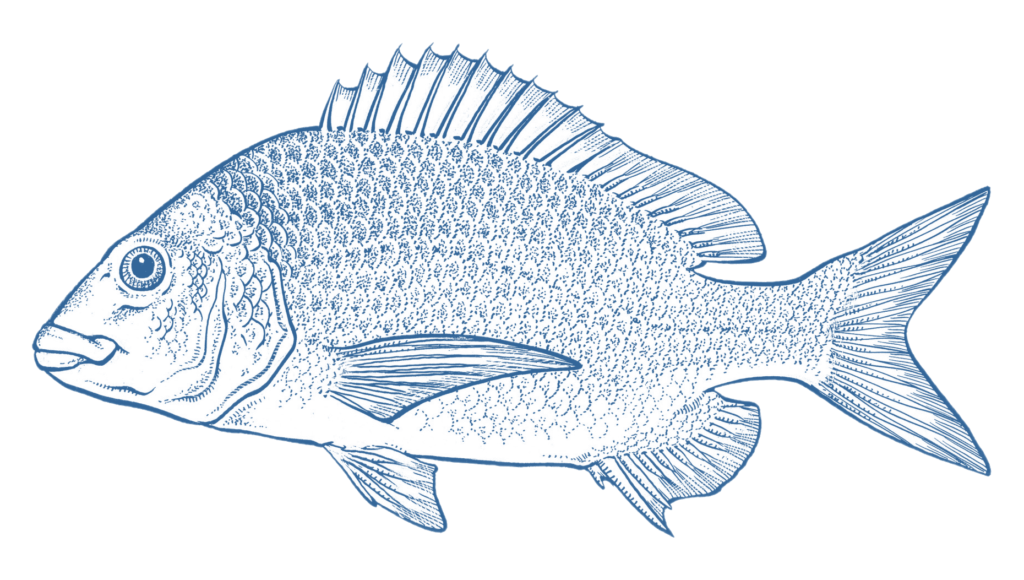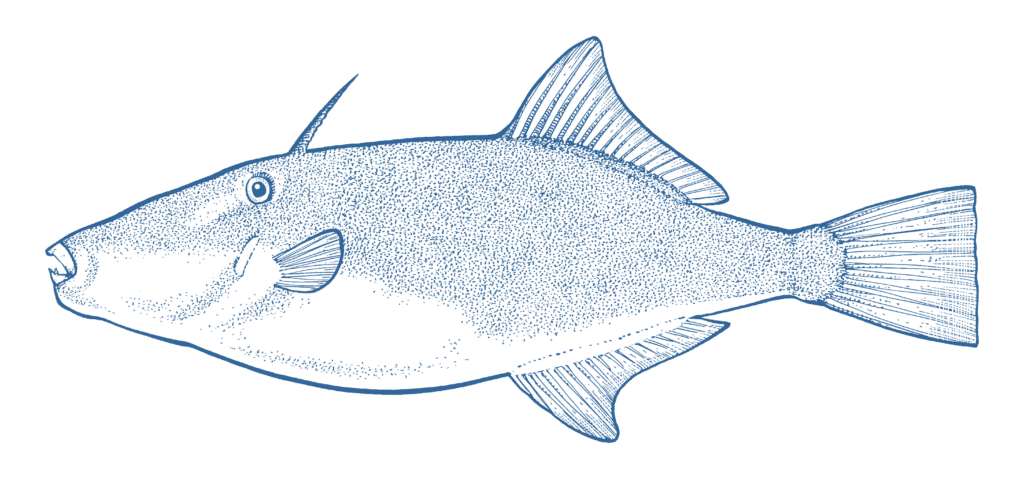




- Say No
Wild Caught
Region:
Commonwealth waters
- Australian fisheries catch multiple species of oreodories, which are a group of long-lived, slow growing and deep-sea fish that are vulnerable to overfishing.
- Oreodories are caught as a byproduct species in the Commonwealth managed fisheries between Sydney and Tasmania, mainly in fishing targeting orange roughy, around the shelf slope and crest of seamounts where they form spawning aggregations during winter months.
- The health of Australian oreodory populations is largely unknown.
- The fishery catches some threatened species such as Australian fur seals, deepwater sharks and seabirds, although industry has been proactive in trying to reduce mortalities of these vulnerable species.
- The fishery operates around a major global ocean heating hotspot but does not explicitly account for climate change when setting future catch limits. Significant research in this area is welcome, but is overdue.
- Comprehensive research has been undertaken into the ecosystem impacts of the fishery but not adopted by managers. The research demonstrates that the SESSF deepwater seamount trawl fishery in which many oreodory are caught is likely Australia’s most destructive, causing damage to deep sea coral reefs that lasts decades and could take centuries to recover.
- Commonwealth Southern and Eastern Scalefish and Shark Fishery (Commonwealth Trawl Sector) (111t in 2021/22)
The name ‘oreodory’ refers to a group of species that can live to over 100 years, are slow-growing and tend to inhabit deep-water areas. Oreodories inhabit waters on continental slopes at depths of 200‑1600 metres. Adult oreos live close to the sea bed in deep water and form large aggregations over rough ground near pinnacles and canyons. Juveniles occur near the surface, often in association with krill, and tend to be dispersed over smooth ground.
Oreodories are caught as a byproduct species in the Commonwealth SESSF Commonwealth Trawl Sector (mostly between Sydney and Tasmania), mainly in deepwater bottom trawl fishing targeting orange roughy, around the shelf slope and crest of seamounts where they form spawning aggregations during winter months.
The health of oreodory populations is largely unknown. At present significant catches occur in the absence of even basic estimates of what level of fishing is appropriate, including information about the species composition of the catch and stock structure.The SESSF catches multiple species of oreodory, which are managed together rather than as separate species. This can make it challenging to identify if there are issues in the stock of a single species. Little is known about their biology,
The fishery has made significant progress in reducing protected seabird bycatch, though fur seal bycatch is potentially increasing. Seal Excluder Devices (SEDs), which act as escape hatches for seals that enter trawl nets, are mandatory. All trawl boats must have a seabird management plan in place to guide how each boat aims to reduce interactions with seabirds while actively fishing. Many of the solutions to seabird interactions have been fishing industry-led innovations and are proving highly successful in reducing these impacts. Orange roughy fishing has relatively little bycatch, compared to shallow-water trawl fishing.
No Australian fishery has pushed more of its former target and secondary species onto our endangered species lists, and there is no evidence of recovery for most of these species. Special rebuilding strategies that allow these species to be caught and sold while holding this protected status are largely failing to deliver sufficient if any actual rebuilding.
Without major reform, AMCS expects more species caught by the SESSF to be placed on the Australian endangered species list than will recover off it in the foreseeable future.
The SESSF operates around a global ocean heating hotspot, warming at almost four times the global average. While serious climate impacts have been attributed to declining SESSF fish stocks for around a decade, there is still no explicit consideration of climate impacts when setting future catch limits. Significant research is underway in this area, which is welcome but overdue.
Oreodories are highly vulnerable to climate impacts, with very significant population declines predicted. This information is not considered explicitly in catch settings.
Oreodory fishing occurs over high relief deepsea habitats including at the peaks of underwater seamounts. These seamount peaks were (prior to fishing) covered in ecologically complex and extremely vulnerable deep sea corals. Australian scientists recently conducted one of the most comprehensive observational studies of the impacts of orange roughy fishing on seamount corals across the past and present Tasmanian fishing grounds. The research found these coral reefs almost entirely destroyed, and showing almost no recovery even 20 years after a seamount had been protected from fishing. Recovery of these coral reefs is likely to take decades to centuries to occur.
There has been considerable investment in scientific research around the ecosystem and habitat impacts of the fishery, but this has not been supported by sufficient implementation of meaningful protections from fishing and climate-related impacts in the fishery, which have both been severe. Commonwealth waters marine parks are in place throughout the fishery but were designed primarily to avoid key fishing grounds, so confer little benefit. All the key fishing grounds where targeted orange roughy fishing is legally permissible are open to fishing, and fishery managers have recently allowed ‘research fishing’ in multiple areas otherwise closed to deepwater trawling, in the hopes of collecting evidence to support reopening the fishery further.




